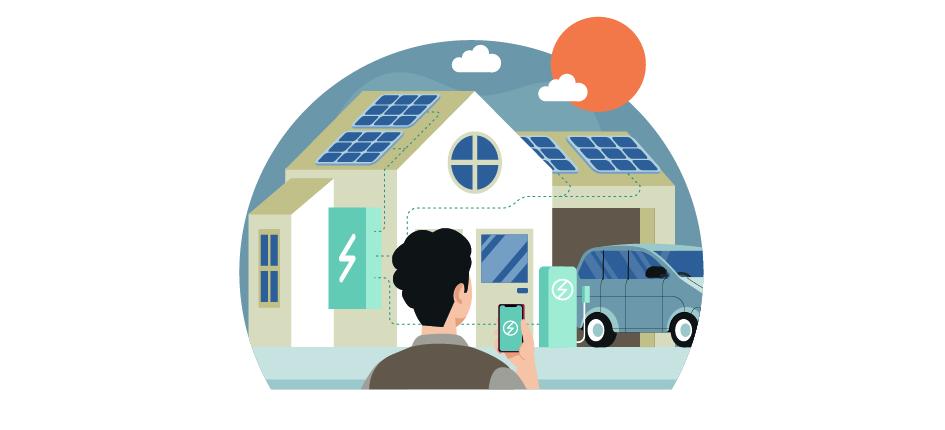More concerning, not only is the transportation sector the fastest growing consumer of fossil fuels, but transport emissions have increased at an annual rate of 1.7% from 1990 to 2022, making it the end-use sector with the fastest-growing emission profile, tied with heavy industry (IEA, 2022). Much of the focus on sustainable transportation centers around the decarbonization of difficult to abate sectors such as aviation, shipping, and long-distance heavy-duty transport. In comparison urban transport is frequently overlooked and often reduced to micromobility and ridesharing. However, urban transport is an essential piece to the sustainable transport puzzle and presents a unique series of challenges and opportunities for decarbonization. As lower- and middle-income countries experience rapid urbanization, urban transport emissions have been steadily increasing while urban centers also grapple with climate-related hazards such as pollution and poor air quality, and face extreme climate events such as flooding that can incapacitate urban public transport networks. Urban centers are complex physical and social spaces where many sectors converge, and therefore solutions to decarbonize urban transport sit at the intersection of the transportation, energy, built environment, and urban planning. Key innovation to highlight for the decarbonization is EV charging technologies specifically designed to be integrated urban spaces. These innovative technologies address challenges such as charging for multi-tenant buildings, urban fleets and transport networks, and the intersection between EV charging and urban grid resilience and flexibility.
EV charging integration into the built environment
Global EV adoption targets are fast approaching- the EU aims for all new cars to the zero-emissions by 2030, and a 55% reduction in emissions of new cars by 2030 while China targets that EVs make up 40% of all vehicles sold by 2030. While automakers and battery OEMs rush to supply the millions of new EVs that must hit the roads in the next decade to meet these goals, challenges in the energy and built environment sectors must be solved to facilitate increased EV adoption. The primary challenge is meeting the new demand that EV charging will place on local grids- EV charging is projected to be the single largest new load on the grid, potentially increasing demand by up to 40%. While most EV charging infrastructure projects focus on regional networks and fast-charging highways stations, urban centers face a unique set of challenges related to EV charging. Principal among urban EV charging challenges is that most city-dwellers do not have access to a private garage or driveway and therefore cannot rely on personal overnight charging. The construction of urban public EV charging stations is complicated by the high density of urban areas, zoning codes, complex grid interconnection processes, and high land development costs. In terms of charging both public and private vehicles, both space and grid capacity are limiting factors- high quality data on where and when EVs are charging is key to optimize existing infrastructure and implement the most efficient grid upgrades to support vehicle electrification and maintain a resilient and stable local grid.
Innovation
Innovators are developing novel solutions to urban EV charging challenges, including charging technologies and business models to integrate EV charging into the built environment, optimize both energy use and physical space, and leverage data and AI to create the infrastructure necessary to support increased EV adoption. These solutions respond to specific contextual and use-case challenges- for example electric cargo bikes and battery swapping networks for last-mile delivery services (e.g. STIMA) or fleet electrification and charging solutions (e.g. Gridicity).Key areas of innovation include software and hardware to integrate EV charging into smart building energy management, EV charging for multi-tenant buildings, and pedestrian-friendly EV charging stations specifically designed for curbside use.
Innovator examples:
- German Jolt Energy is developing ultra-fast charging solutions integrating battery storage for urban areas. Jolt partners with local businesses to establish a network of high-power charging stations in urban centers without requiring grid expansion and also serves as energy storage to provide grid stabilizing services.
- Based in London, Urban Electric develops on-street urban EV chargepoints that minimize impact on sidewalks and increase EV adoption by establishing an urban network of EV chargers.
- Share.P, Zurich-based developer of a digital platform to share and rent out parking spaces and EV charging points. The goal of Share.P is to automate both parking and EV charging in order to optimize the use of existing infrastructure.
- Building energy management integration with EV charging (Octopus Energy, Lunar Energy)
- Lunar Energy provides both DER and home energy management system combining solar power, battery storage, as well as electric vehicles as energy assets. The UK-based company operates at the intersection between the energy and transport sectors, facilitating both vehicle electrification and an increasingly renewables-based grid.
- Matcha, based in the United States, provides an EV charging-as-a-service platform for multi-tenant property owners







